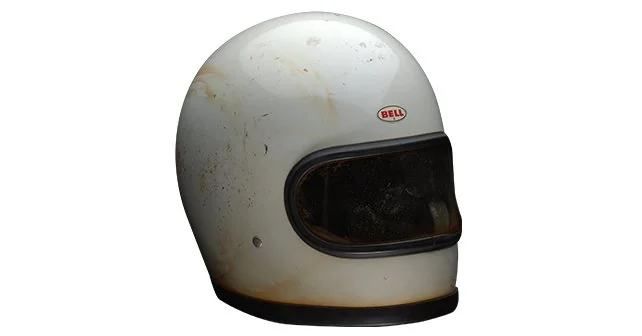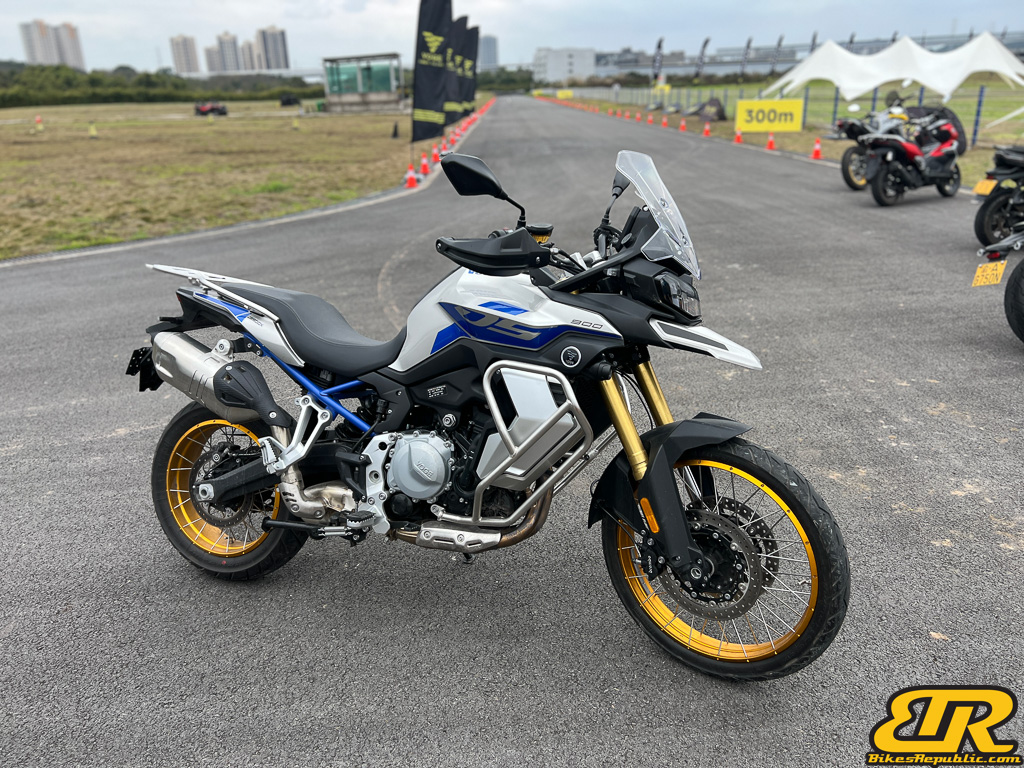The biggest milestone in motorcycle safety is the one which protects your head. It was in 1963 when the first ever full-face motorcycle helmet called the Bell Star, was designed and developed in the by Bell Helmets.
Motorcyclists (as well as drag, car and boat racers) were faced with limited choice in safety headgear. back then. There were only either three-quarter open-faced or half-helmets. Some car and bike racers wore so-called “helmets” made from leather or cork. Deaths due to severe head trauma were common.

According to Bell, it was motorcyclists that pushed for a better helmet design. Bell engineers finally came up with the first full-face motorcycle helmet called the Bell Star.
The rigid outer shell was constructed from stain weave fibreglass cloth, which was used in the aircraft industry. The direction of the weave was crucial to ensure maximum strength across the helmet’s surface and it was bonded with a high-impact polyester resin that was then coated with a scuff-resistant epoxy coating. Inside there was a conventional EPS liner, not that dissimilar to type you find on today’s helmets. In the 1960s Bell made a point of marketing the fact that the liners used in all of its crash helmets were made from the same material used by the U.S. military in its HGU 2/P flight helmet and by NASA astronaut helmets.
The Santa Cruz-based company began selling the Bell Star in February 1963 and described the helmet in its catalogue as being revolutionary, with maximum face protection, better visibility and breathing for the wearer than a conventional helmet.

But of course, being the first full-face helmet, it did not have the features of modern helmets. Firstly, there is no flip up visor. Instead, it was a shatterproof plastic lens that had to be popped out of its rubber mouldings. The eyeport was also rather small vertically, more like how auto racing helmets would have. And there were no openings for airflow.
Still, it was a good beginning. The Bell Star met the crash criteria set up by the Snell Foundation independent safety organisation. The requirement simulated crash tests to see if the helmet could withstand serious damage to the helmet or the wearer’s head. The impact test involved holding up to a 162.7 Nm impact, or the equivalent of a 7.3 kg (16 lb.) weight traveling at 25.7 km/h (16 mph) and hitting the helmet.
The Bell Star sold at USD59.50, and was the most expensive in Bell’s helmet line-up. It quickly found a big following among motorcycle enthusiasts, including racers, as well many of the world’s leading race car drivers.
Today’s crash helmet technologies are light years away from the 1963 Bell Star in terms of design, construction, materials, and features. But every single one can trace its heritage back to the iconic Bell Star.















